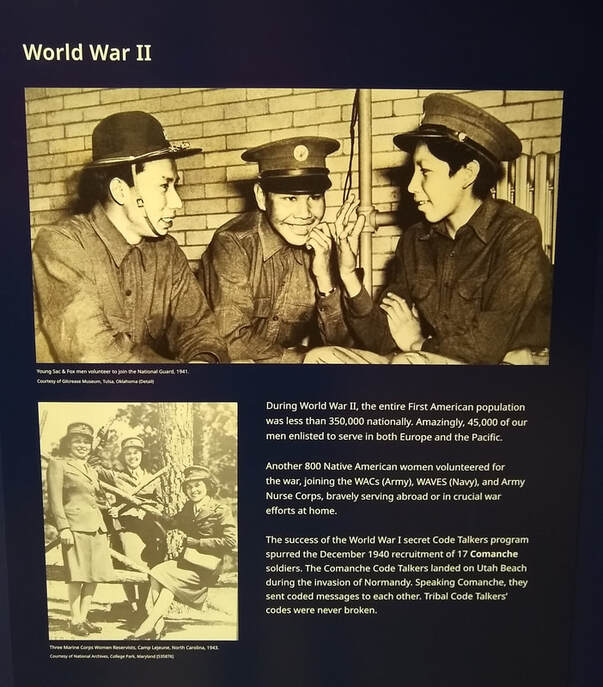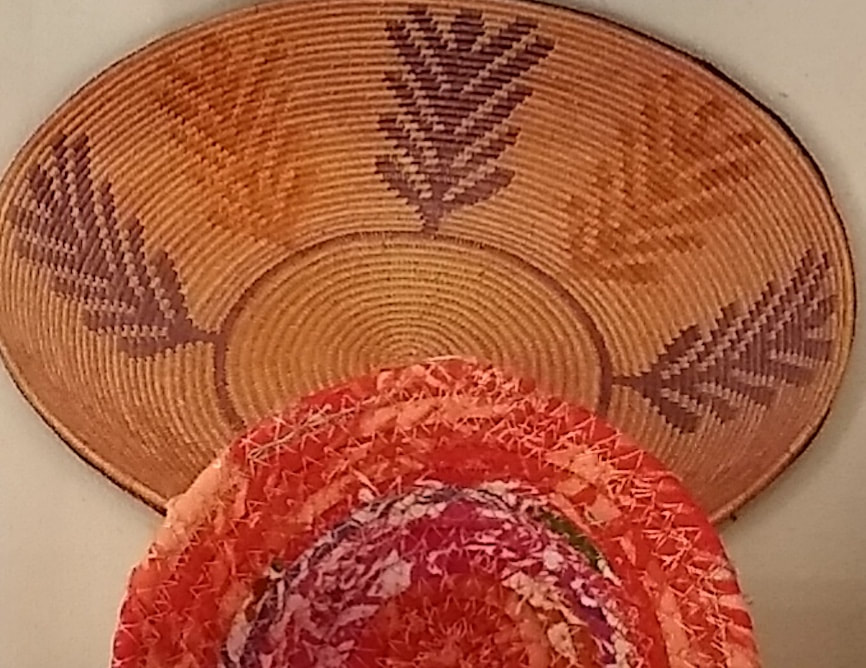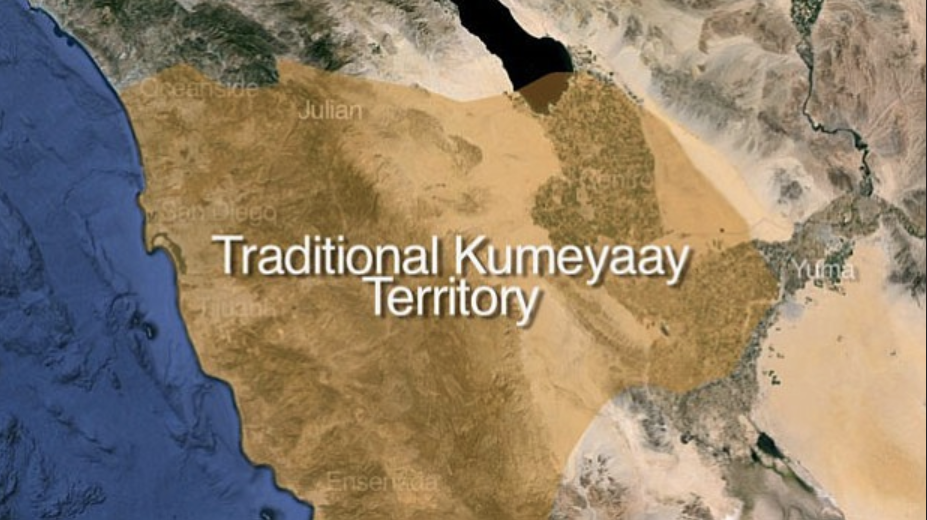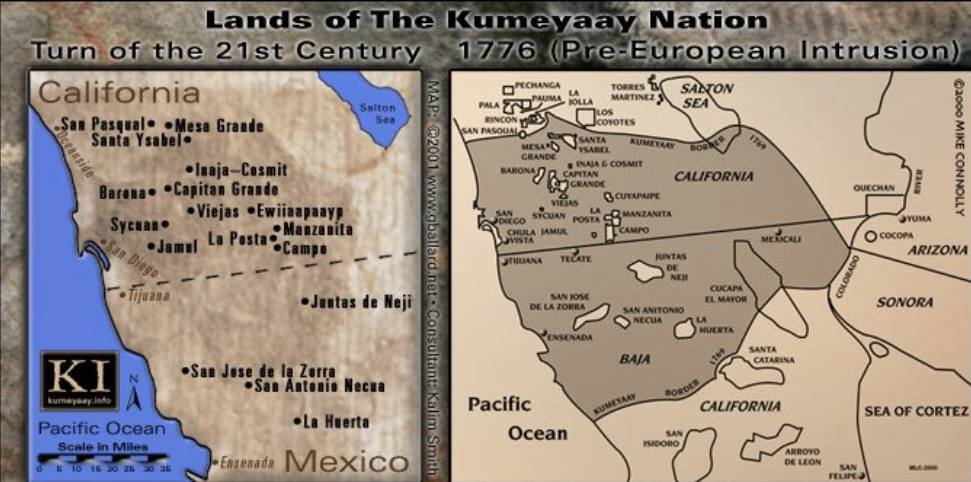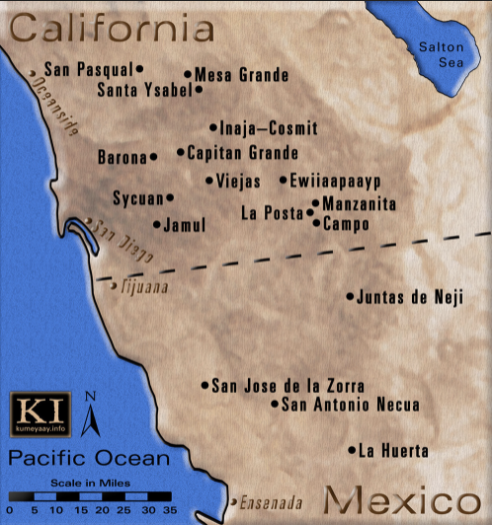- Home
-
Art
-
Public Art
>
- Seated in History >
- Climate River
- Coronado Seniors
- Colfax Ave. Bridge
- Terrain Art
- Nothing in the Desert
- Signifire
- Orange Villas
- 70th St. Trolley Station
- Crying Wolf
- Recipe for Friendship
- Solara
- Awards
- Talmadge Apartments
- Bench Marks
- Mayberry Townhomes
- Parkside Apartments
- Iowa Street Seniors
- A San Diego African American Legacy
- COMM22
- Mission Cove
- Social Circles
- Rosa Parks Memorial Transit
- Paradise Creek
- Saline for Insite
- SMart San Luis Rey Mission
- A-Where-Ness
- Los Vecinos
- Articles
- Studio Art >
-
Public Art
>
- Classes
- Eye Chanting
- Alzheimer's
- Stance Studios
- Journal Blog
- DONATE
- Art Map
- About
- Gang of Five
- Vineyards local
- Public Address
- Cultivate and Celebrate
- Warner Springs Trail Fest
- Warner Hub events/classes
We all know underneath our contemporary laws and US history that Native Americans were here first. They and we have different ideas about owning land and taking over space. I could go on, suffice to say, look at the map. The land all of our buildings are on were once tribal lands. What I really want to suggest is that we say thank you and notice how beautiful everything is and in that thank you we all try to get along (and I don’t just mean Indians and white people).
No one wants this political discussion, so lets just take a look at these baskets. The Luiseno basket was from around 1890 and made of red and black Juncus and infilled with lighter Sumac. There is Yucca fiber and grass foundation. Imagine gathering these plants, knowing how to construct it and then how to make a design and make it look even in spacing, more like it flowed from someone’s skilled fingers. I think about living with these beautiful objects and using them everyday.
I’m juxtaposing these two baskets with a phrase I often hear from contemporary Native Americans- We are still here. This is a rebuttal to people only thinking that Indians are historic. But no, they are still here. I bought this contemporary basket at the Barona Band of Mission Indians Cultural Center and Museum (with a great gift shop). It was made by LeLanie Thompson (Facebook page “Sew Crafty). It is totally different than the Luiseno design, but still there.
Since the overall project involves the military, I had some ideas about how to show the percentages of Native American military in service, which statistically are quite high. I found this intriguing because it’s hard to think about some group taking your everything and then you agree to help them by potentially giving your last remaining thing, your body. I wasn’t able to use this because I couldn’t make it visually beautiful or easy to comprehend with a quick look, so I turned my attention to the baskets.
This is also a good reference for statistics.
My first mother in law (Francella Clark, Kiowa) was a WAC (Women's Army Corps) and even after returning to civilian life she was a Commander of an American Legion Post in Massachusetts. I was never interested in this aspect of her life until this project and sadly, she had passed and I couldn’t grill her with questions.
No one wants this political discussion, so lets just take a look at these baskets. The Luiseno basket was from around 1890 and made of red and black Juncus and infilled with lighter Sumac. There is Yucca fiber and grass foundation. Imagine gathering these plants, knowing how to construct it and then how to make a design and make it look even in spacing, more like it flowed from someone’s skilled fingers. I think about living with these beautiful objects and using them everyday.
I’m juxtaposing these two baskets with a phrase I often hear from contemporary Native Americans- We are still here. This is a rebuttal to people only thinking that Indians are historic. But no, they are still here. I bought this contemporary basket at the Barona Band of Mission Indians Cultural Center and Museum (with a great gift shop). It was made by LeLanie Thompson (Facebook page “Sew Crafty). It is totally different than the Luiseno design, but still there.
Since the overall project involves the military, I had some ideas about how to show the percentages of Native American military in service, which statistically are quite high. I found this intriguing because it’s hard to think about some group taking your everything and then you agree to help them by potentially giving your last remaining thing, your body. I wasn’t able to use this because I couldn’t make it visually beautiful or easy to comprehend with a quick look, so I turned my attention to the baskets.
This is also a good reference for statistics.
My first mother in law (Francella Clark, Kiowa) was a WAC (Women's Army Corps) and even after returning to civilian life she was a Commander of an American Legion Post in Massachusetts. I was never interested in this aspect of her life until this project and sadly, she had passed and I couldn’t grill her with questions.
I was so happy to find this display (above) at the First Americans Museum in Oklahoma City. Coincidentally I was in OKC for an exhibit with the Gang of Five.

